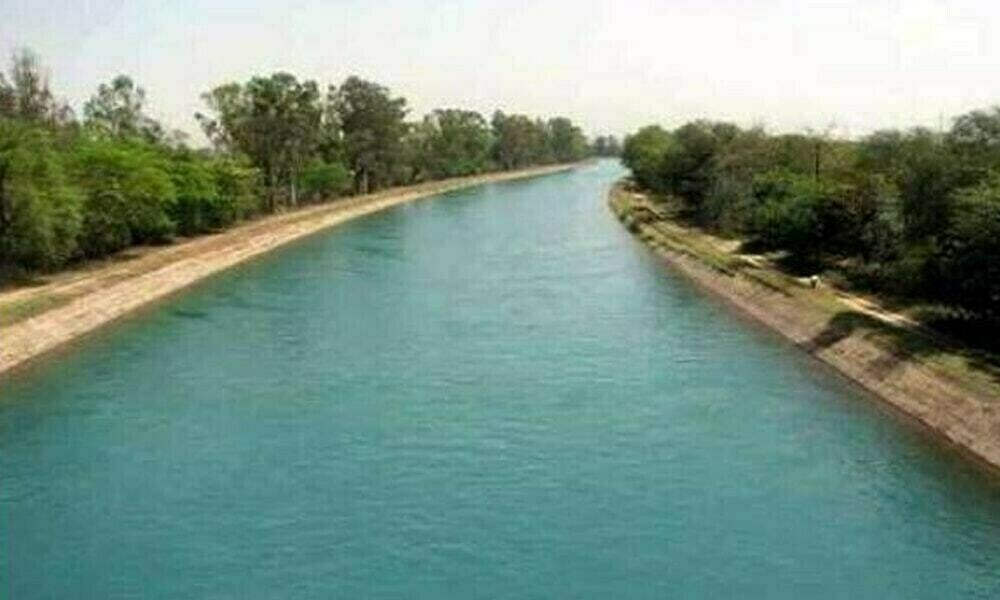Pakistan is at a critical juncture where climate change, water scarcity, and food security concerns demand immediate and strategic action. The construction of the Mahfooz Shaheed Canal is not just an infrastructure project but a necessary intervention to safeguard the country’s agricultural future.
With unpredictable weather patterns and rising demands for food production, Pakistan can no longer afford to rely on outdated irrigation systems. This canal represents a forward-thinking approach that aligns with modern water conservation strategies and the need for sustainable agriculture.
Under the Green Pakistan Initiative, the Mahfooz Shaheed Canal is set to transform barren lands into fertile agricultural zones. Designed with a modern irrigation system, it will deliver 4120 cusecs of water to ensure that food crops and region-specific fruits thrive.
Punjab has allocated 1.2 million acres of land for this project, a move that could redefine Pakistan’s agricultural economy. The initiative will enable the cultivation of vast lands that were previously left unproductive due to lack of water, directly addressing the growing concerns surrounding food shortages.
This project is particularly crucial because it does not tap into the already stretched resources of the Indus River. Instead, the canal will utilize excess floodwaters and Punjab’s allocated share of water, making it a sustainable solution that does not compromise the rights of other provinces.
The Water Apportionment Accord of 1991 clearly outlines water distribution among provinces, and the Mahfooz Shaheed Canal adheres to these regulations. By utilizing the Sutlej River’s water at the Sulemanki Headworks, Punjab is ensuring that its allocated water is used efficiently without disrupting national water distribution agreements.
One of the most significant benefits of this canal is its potential to counter Pakistan’s looming food security crisis. Agricultural experts warn that without additional irrigation projects, the country could face severe shortages in staple crops.
The Mahfooz Shaheed Canal can help mitigate this crisis by expanding the area under cultivation, increasing food production, and stabilizing the agricultural supply chain. This project is not just about growing more crops; it is about securing Pakistan’s self-sufficiency in food production.
Beyond agriculture, the canal will also contribute to the socio-economic uplift of underdeveloped regions. Providing water to previously barren areas will create employment opportunities, improve livelihoods, and encourage corporate farming and foreign investment.
Large-scale farming initiatives backed by modern irrigation techniques can attract international stakeholders looking to invest in sustainable agriculture. This will not only boost Pakistan’s economy but also position it as a key player in global food production markets.
Despite the evident benefits, certain elements may politicize the construction of this canal, prioritizing provincial rivalries over national interest. Pakistan cannot afford to let political divisions hinder its progress, especially on projects that hold the potential to reshape its future.
Ensuring food security is a matter of national importance, and all stakeholders must recognize the urgency of such initiatives. The country must prioritize solutions over conflicts, especially when the consequences of inaction could be catastrophic.
The Mahfooz Shaheed Canal is more than just an irrigation project; it is a symbol of Pakistan’s resilience and commitment to securing its future. In a time where water scarcity is becoming a global crisis, Pakistan’s proactive approach in constructing modern irrigation solutions will define its ability to sustain its population and economy.
This canal is a step in the right direction, and its successful implementation could pave the way for similar projects in other regions facing water shortages. Pakistan has no choice but to move forward with such critical developments if it wants to ensure a prosperous and food-secure future.


